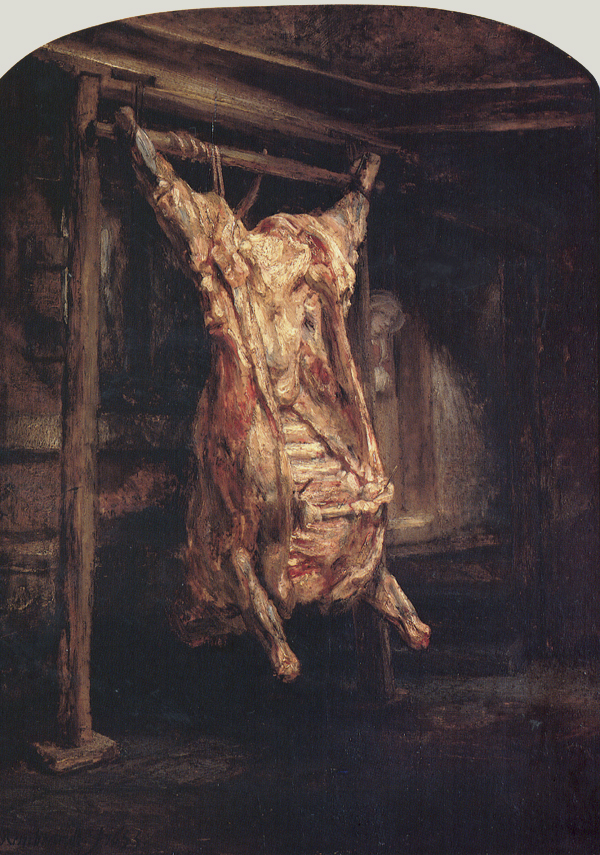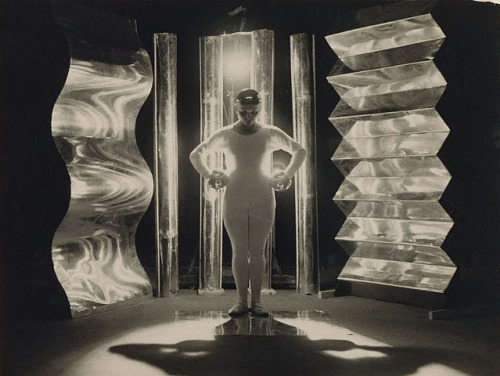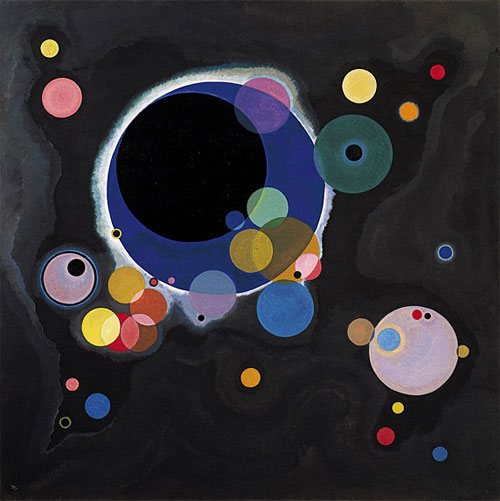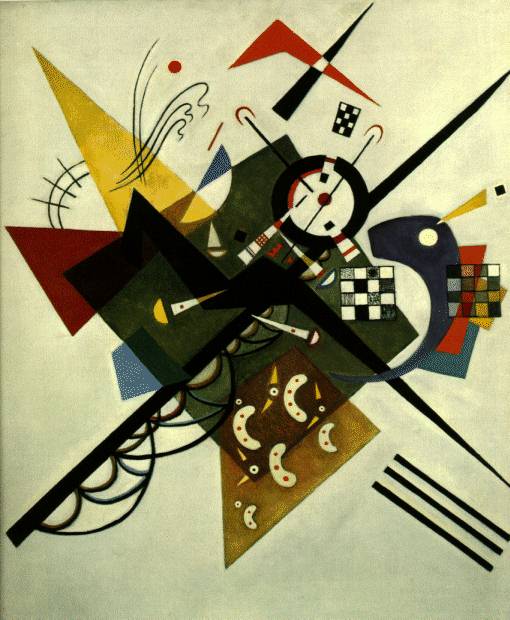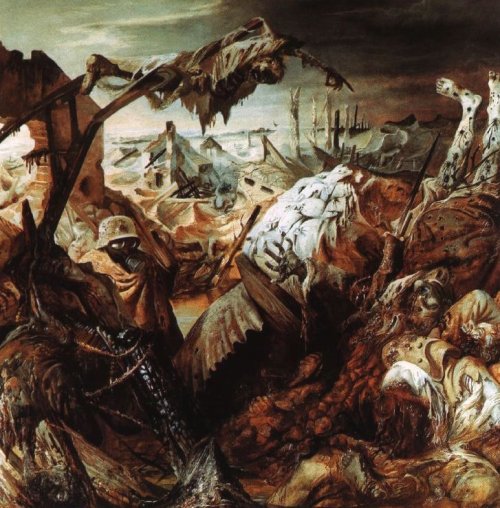.jpg!Blog.jpg)
Chaim Soutine's Carcass of Beef was influenced and somewhat inspired by Rembrandt's Slaughtered Ox, which is shown below. Rembrandt's painting has been associated with the crucifixion of Christ in the way that the legs of the ox resemble Christ's arms on the cross. Though, Soutine's version of this painting looks less like the story that Rembrandt's painting has been linked to.
To make this painting, Soutine took a decaying carcass from a butcher in his town, drug it to his apartment where it sat while he painted it. His neighbors didn't like the smell after a few hours or days of sitting in the apartment building and they asked him to remove it from his room.
Carcass of Beef was also mentioned in the movie Mona Lisa Smile as a class of art history students are asked if it is any good.
There is a poem written about Soutine's painting, which is also entitled "Carcass of Beef".
This poem is by Rick Mullin and it describes the painting of the Carcass of Beef by Cahim Soutine.
They’d broken through the old brick wall in Castaing’s
carriage house, a renovation under way.
Soutine took full advantage of this, casting
chickens in full plumage pendent, gray
and gold and green against a jagged frame
of darkness, squawking in the ecstasy
of death. Talons, beaks and wattles flamed
and sputtered in a nightmare space of murder
on his canvas. A still life series ran to game,
the hare against the green slats of a shutter,
the turkey on a cloth with golden apples.
Soutine conveyed their extremis in color.
Not satisfied, he bartered with his hapless
dealer to procure a side of beef
when he returned to Paris. Butchers grappled
with a battered carcass up the stairs, a brief
comedic interlude at the apartment
he’d been renting. To the hired men’s relief
it made it through the door. The painter sent
for Paulette once the butcher’s boy had hung
the cage of ribs. His motif was the Rembrandt
at the Louvre, that bleeding carcass strung
upon the rack across a room ... the girl
appearing at the door. But Chaim would come
a little closer to his model. And he’d hurl
himself at more extensive spans of canvas.
Paulette arrived to find him in a world
of meat, his palette fat with gristle and his
model dripping on the floor. She placed
a pan to catch the blood. “But Chaim, can this
thing hang here overnight?” Paulette could taste
the painting as the smell of colors mixed
with beef. Apparently the painter faced
another sleepless night. His helper fixed
herself a bed this time, but had to wake
each hour to baste the hulk. “Paulette, the trick’s
to keep it bleeding,” Chaim commanded. “Make
it wet.” She wet it. And when the morning sun
came shining through the window, you’d mistake
the carcass for a red Céret, a run-
ning track of bones beneath a sagging skein.
By noon, the horrid greenback flies had come
and Soutine had another canvas pinned
and propped against an oil-splattered table.
He mixed a pile of cobalt and alizarin,
a blackout violet at the center of a scumbled
wheel of colors bleeding into gray.
His oil palimpsest began to bubble
in the heat as Soutine layered splay
on splay of tortured meat between
the scratchwork ribs to end the second day.
And sunrise found him scraping back the green
he’d laid in semidarkness. Hours passed.
The colors changed. The carcass wore a sheen
of viscous rot, its rind a venous blast
of atrophy. It cracked in hieroglyphs
of morbid skin. The painter, slouching, cast
his shadow on the sagging monolith.
By 12 o’clock, the neighbors were amassing
in the hall. No one ever bothered with
Soutine from day to day, but he was asking
for it this time. The building smelled like rotting flesh.
The landlord pounded on the door. “You bastard!”
“Go away!” “Enough, Soutine. Unless
you haul that garbage from the building
I will have you hauled away.” This fresh
affront made Chaim throw down the brush. “You’re killing
me! I told you fifty times—I paint!
This is my studio.” The landlord was unwilling
to put up with it, and a complaint
was filed. The gendarmes were the next to knock.
“Soutine, you have to let them in.” This faint,
exhausted plea from Paulette hit him like a rock.
He stopped his painting, calmly turned around,
unlocked the door, and opened it. The shock
was registered succinctly when the gendarme found
the carcass hanging in a buzz of flies.
“Explain, monsieur.” The captain looked around
as Soutine plied him with apologies
and Paulette fumbled with the swatting broom.
He saw the three completed pictures. “These
are marvelous,” he mumbled, and the room
depressurized. The sympathetic officer
allowed the tired painter to assume
the mantle of an artist in the aperture
of his protected space. No law applied.
“I agree you should continue here, monsieur,
but how securely have you got this tied?”
He checked the knots and nodded in approval.
“Are you familiar with formaldehyde?”
He suggested opening a window. The removal
of the body was postponed until the weekend,
giving Soutine three more days. In all
that time, Paulette would later swear, her friend
remained awake and working. They hardly spoke.
Soutine, his shoulders hunched, would lean against
a chair and load a brush and lunge. He broke
a dozen brushes in a day. Three times
he tried to eat—but eating made him choke.
Paulette would pull the bowl away. “Oh, Chaim,
you need to stop.” “I’ll finish when
it falls apart.” It fell. And from the slime
his hanging carcass series rose to 10,
each painting fully spread with crucified
and falling cattle, seething gristle end-
to-end. On Saturday, the thing would slide
across the floor and down the stairs and out,
a golem slab extinguished in a tide
of passion, fallen in a savage bout
of extra rounds. Soutine himself collapsed.
Zborowski paid to sanitize the rout
and crossed the landlord’s palm. Paulette, perhaps
intuiting an impact on the painter’s
ulcer, diagnosed exhaustion as a relapse—
she’d seen him through the throes of stomach pain.
Her premonition, her experience,
and her devotion would serve him well again.

